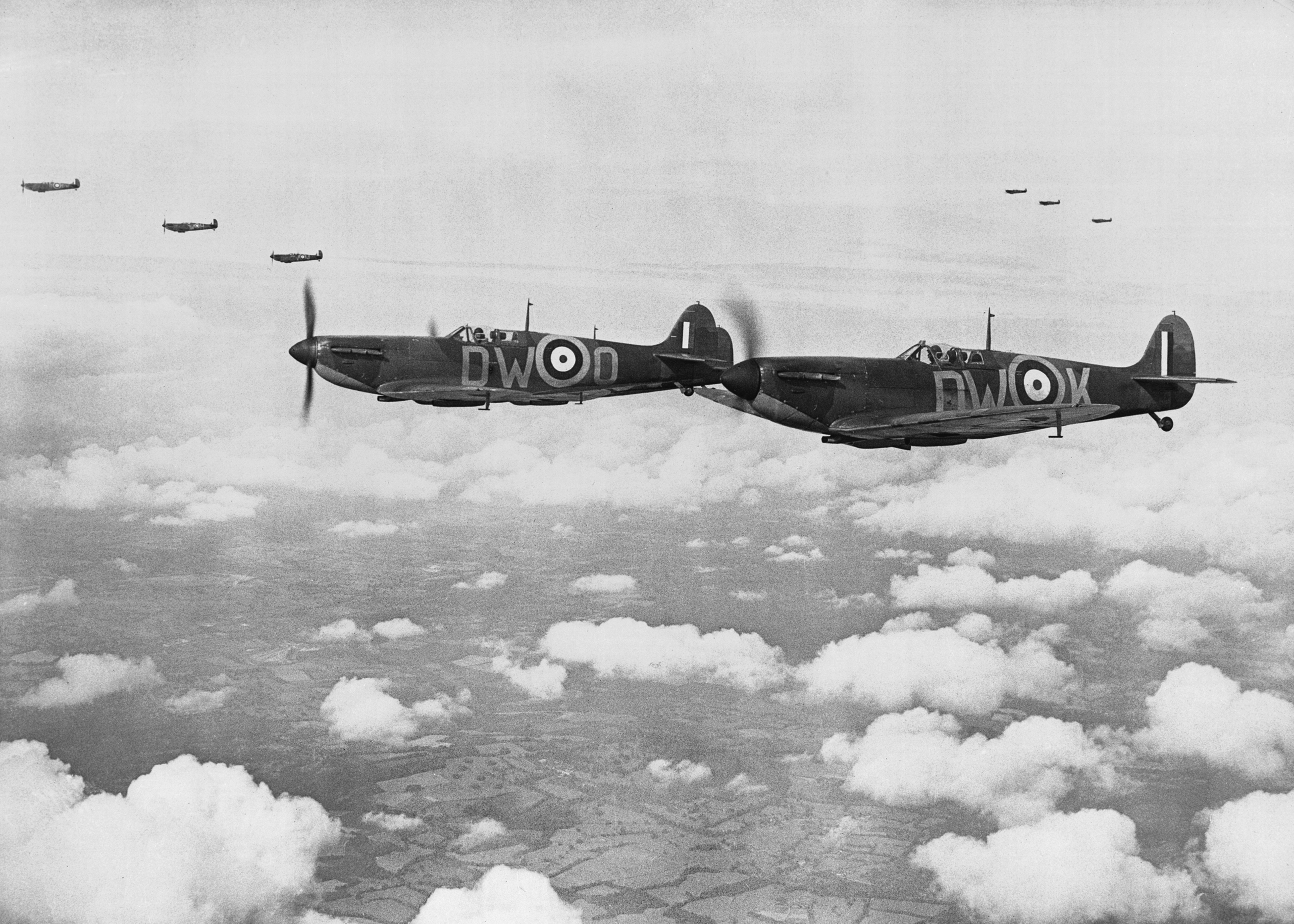France, with the largest standing army in the world, was defeated in six short weeks by German forces in 1940. By June of that year much of Western Europe had been crushed under the heel of the Axis powers. With his eyes on Great Britain, Adolf Hitler issued Directive Number 16 — Germany’s plans for invading the heart of the island nation.
The directive stated that the invasion preparations were to be completed by mid-August, with the precondition that Germany hold air superiority over Britain. Having control of British skies would help to nullify the Royal Navy and make possible a land invasion.
What Hitler grossly underestimated was the British people’s unwavering resolve and ingenuity in defending their homeland. He could not know that the roots of Britain’s eventual victory reached even to an English schoolgirl who, in 1934, helped create the aerial firepower that would prove critical to defeating Germany during the Battle of Britain.
First developed in 1934, the Supermarine Spitfire was initially designed to have two guns on each wing. While a huge step up in terms of firepower from the biplanes of World War I, which typically toted one or two guns, Captain Fred Hill, a scientific officer in the Air Ministry, deemed it insufficient.
After analyzing fire data, Hill realized that “four guns would not be enough to bring down the increasing[ly] well-armoured German planes,” writes Felicity Baker, a BBC News journalist and Hill’s great granddaughter.
Hill was met with strong resistance from his superiors after introducing his idea of fitting the fighter airplane with eight guns. Mathematically, not only would eight guns seemingly weigh down the Spitfire, it was deemed impossible to fit all eight onto the small plane.
Convinced that he was correct but unable to figure out the precise calculations, Hill went home that evening to prove his theory — enlisting the help of his 13-year-old daughter, Hazel, who possessed savant-like abilities in mathematics.
“Together,” writes Baker, “they worked through the night on complex calculations which proved that each plane would need to carry eight guns, firing at least 1,000 rounds a minute in order to bring down the German planes.”
Using Hazel’s calculations, Hill presented his findings to the Air Ministry on July 19, 1934. Shortly after, the plane specifications were altered from four to eight guns for both the Spitfire and the Hawker Hurricane.
Hill did not initially divulge his daughter’s role in designing a deadlier Spitfire. Only one of Hill’s colleagues, Claude Hilton Keith, knew of Hazel’s contribution prior to the meeting.
According to the BBC, Hazel’s calculations “were just enough for the British to win the battle. Having more guns helped provide the aircraft with the level of power they needed, and the change played a big part in the British military’s victory.”
By October 1940, at the conclusion of the Battle of Britain, Germany had suffered its first defeat to Hitler’s utter humiliation, thanks in large part to the mind of a 13-year-old girl.
During the war Hazel joined the Royal Army Medical Corps, treating civilians who were wounded in the Blitz and soldiers wounded fighting overseas.
Hazel went on to become a child psychiatrist after the war, doing pioneering work in school phobia, anorexia, and autism.
“She was hugely proud of her medical career and would definitely want to be remembered for that,” writes Baker. “But I think history will remember her for this.”





